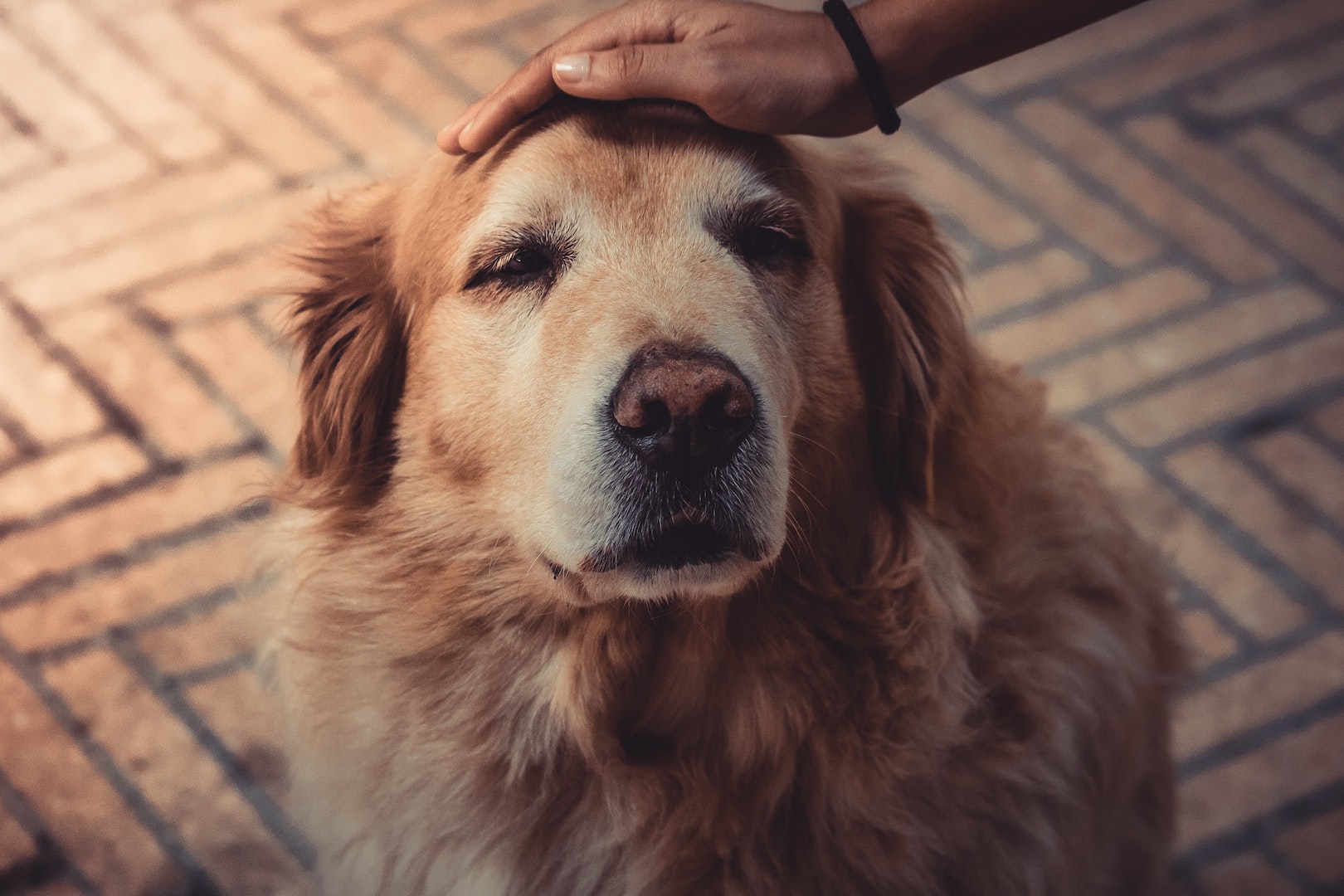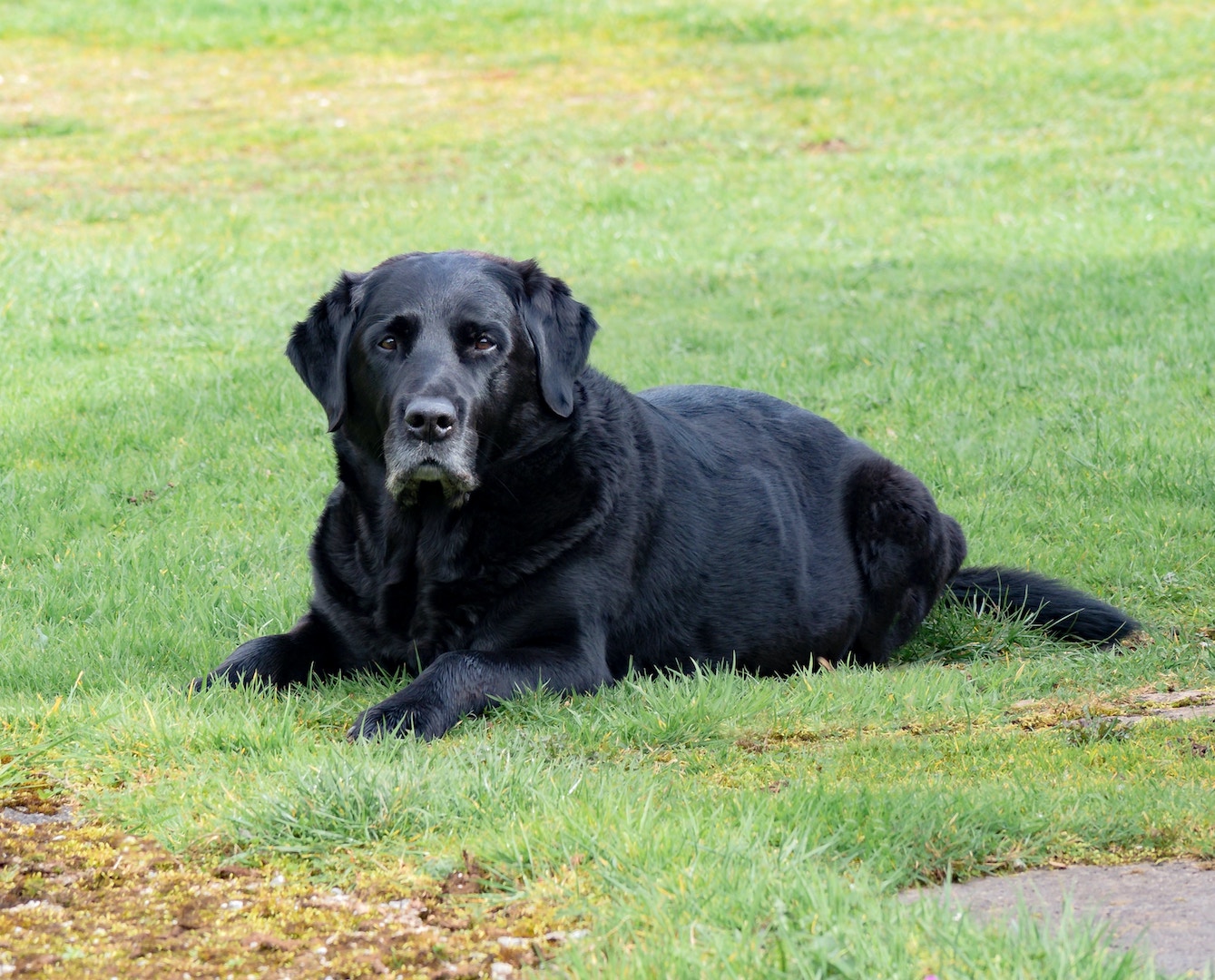We call events such as hurricanes, floods, wildfires, etc., natural disasters. On the one hand, yes, these events are forces of nature that on some level cannot be prevented. However, according to TEDxMileHigh speaker Sarah Tuneberg, the death and destruction that accompany these events are anything but natural. We need to re-think our preparation for natural disasters—and global pandemics—with the data and technology we already have in order to save lives.
Hurricane Harvey and COVID-19 have an important similarity. The high mortality rates were preventable, even if the actual events were not.
In 2017, Hurricane Harvey devastated Houston and left 30,000 people stranded and $75 billion in losses. Today, COVID-19 has struck on a global scale. In Colorado alone, there are more than 8,000 confirmed cases, and more than 300 people have died.
In the aftermath of these events, we tend to look back and say, “We did our best” or “There really was nothing we could do to stop it.” But, did we do our best? There might not have been a way to stop Hurricane Harvey from tearing through Texas, but was there a way to prevent the destruction and loss of life? Was there data available to better prepare us for this pandemic?
We Have Data That Can Save Lives
During her 15 years working in emergency management, Tuneberg helped countless communities recover from 50 different disasters. These experiences inspired her to create her own company, Geospiza, focused on improving human disaster outcomes.
“The key thing I’ve learned is that nearly all of the trauma and tragedy that we call ‘natural disaster’ is not only predictable but preventable. Disasters are 100 percent a result of poor human decision making.” – Sarah Tuneberg
“Incredible advances in mapping, modeling, and data science have given us seven to 10 days notice of a hurricane’s landfall and allow us to predict, often down to the individual house, how much damage we should expect,” explains Tuneberg.
So why, then, do natural disasters continue to devastate cities and cause countless fatalities across the U.S. every year? Tuneberg takes a closer look at Hurricane Harvey and the damage it inflicted on Houston to explain.
Data Only Works If We’re Willing to Use It
Pre-Hurricane Harvey Data
According to Tuneberg, at its peak of expansion, more than 275 people moved to Houston each day. With this massive influx of people, there was a desperate need for more affordable housing. To accommodate, the city paved over more than 30 percent of its wetlands and prairie.
“More than a decade before Harvey, a U.S. Army Corps of Engineers report mapped areas that would experience catastrophic flooding during significant rain events,” says Tuneberg. However, with a booming economy and rapidly growing population, developers and city officials disregarded these warnings and built anyway.
“They explicitly chose to develop in areas we knew would flood, and as a result, people died.” – Sarah Tuneberg
Pre-COVID-19 Pandemic Data
The COVID-19 outbreak is not the first pandemic the world has seen. While previous outbreaks haven’t all amounted to the losses like the ones we are seeing now, the U.S. government disregarded lessons and data on pandemics that could have better prepared the U.S. for COVID-19.
In Politico magazine, former Secretary of Health and Human Services Mike Leavitt recounts the ridicule he received when he warned the nation of the then-looming avian flu. “In advance of a pandemic, anything you say sounds alarmist. After a pandemic starts, everything you’ve done is inadequate,” said Leavitt.
Between 2005 and 2017, the Department of Homeland Security worked to devise models that clearly analyzed “what would happen to everything from transportation systems to hospitals if a pandemic hit the United States.” These models were then abandoned when their relevance and value were questioned along with the amount of money allocated to budget them.
Refined Preparation for Natural Disasters
The good news: cities are listening and recognizing the need to re-think their preparation for natural disasters.
For example, the city of Portland is consulting data to prevent detrimental heat waves from harming residents. Data shows that northeast Portland has significantly less tree coverage than other neighborhoods causing a 20-degree temperature differential. In addition, these same residents are lower income and have higher rates of heart disease and asthma. These factors, Tuneberg explains, increases a person’s risk of death in a heat wave.
The city of Portland is using this data to inform policy. City agencies and communities have banded together to plant and nurture trees in the area to increase tree coverage and lower the health risks for residents. “It is so simple. Nothing about this is rocket science,” says Tuneberg.
“Here’s the bottom line. Calling hurricanes, floods, wildfires, and extreme heat waves “natural” obfuscates our human responsibility. It lets us off the hook for the death and destruction.” – Sarah Tuneberg
“The fact that anyone dies from a disaster in this country is a political problem,” Tuneberg says. “Because we know exactly how to stop the suffering. We have the data. We just need to use it.”
Learning From COVID-19
In 2018, the Trump administration dismantled the U.S. Pandemic Response Team. Little did they know that one was coming. The negligence of proven data surrounding an outbreak has resulted in harrowingly similar results of recent natural disasters: economic destruction and preventable loss of life.
We cannot let it happen again. We need to heed Tuneberg’s advice and apply it to all potential disasters, natural or not. As we are realizing today, after is too late. We need to better our preparation for natural disasters and other crises now so when disaster strikes we can say with full confidence, we did our best.
Stay Connected
These are difficult times. If you need to take your mind off the pandemic, we recommend these three encouraging TEDx videos. We also have started a new series, Heroes of COVID-19, where each week we highlight an inspiring essential worker hero. Check out our Q&A with a health care worker and a restaurant employee. Stay safe, socially distanced, and informed.


















